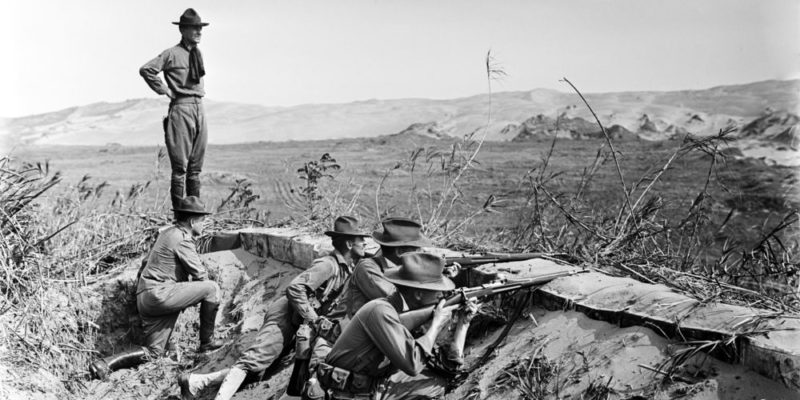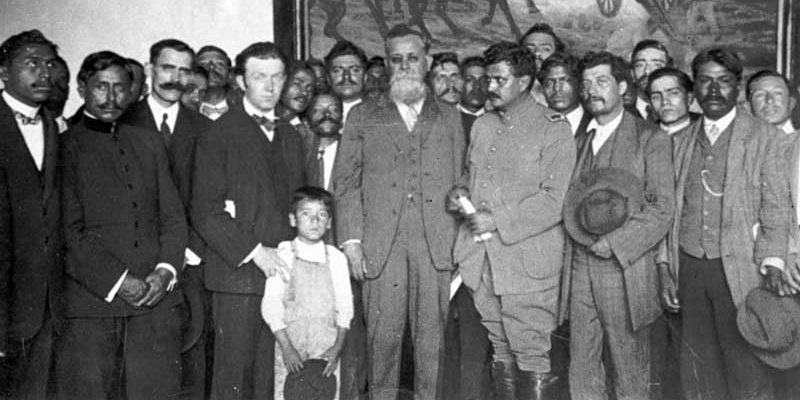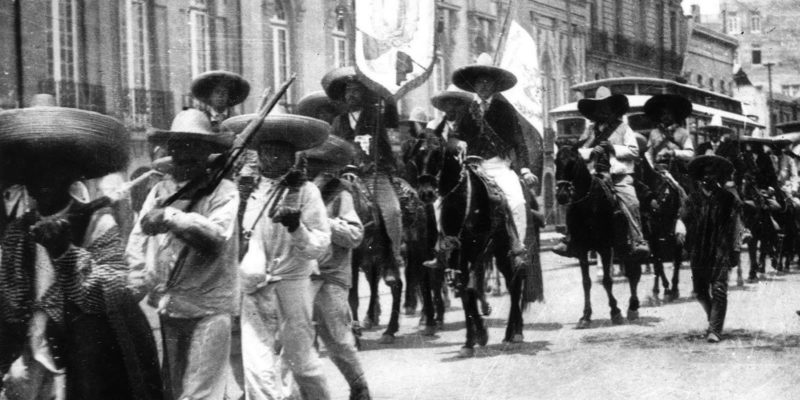We explain what the Mexican Revolution is, the most important causes and events of this conflict and its main characteristics.
What is the Mexican Revolution?
The Mexican Revolution was an armed conflict that took place in Mexico at the beginning of the 20th century . It was the most important economic, social and political change that the American country has suffered in the 20th century. The movement was popular and with an anti-landlord and anti-imperialist ideology and lasted approximately 10 years.
The dictatorship of Porfirio Díaz for 30 years had resulted in very important social inequalities in which the bourgeoisie had the supremacy over the rest of society . Furthermore, society was heavily influenced by the Catholic Church and the army had too important a political role.
During the Mexican Revolution, one of the most important mandates was that of Lázaro Cárdenas since it had great economic repercussions for the country. In addition to promoting land distribution and workers' rights, he carried out the expropriation of oil fields.
Characteristics of the Mexican Revolution :
Causes

The main causes of the revolution were economic, social and political.
- Agricultural land was very unfairly distributed and British and American companies seized most of the national wealth.
- The workers did not have any kind of protection, the peasants were extremely poor and there were many social differences.
- On the other hand, the dictatorship of Porfirio Díaz created great discontent in various sectors.
-
Beginning
Fall of the dictator

The elections were won in 1910 by Porfirio Díaz, but a few months later Madero was released from prison and developed the Plan of San Luis, declaring the elections invalid and calling for a national rebellion.
On November 20 of that year there were uprisings in various parts of the country , with the support of Pancho Villa and Emilio Zapata. Seeing that he was losing all support, Porfirio Díaz resigned in 1911.
-
Agrarian movement
Leadership
With the death of Madero in 1913, there was a time of struggle for power by various factions of all ideologies: those that supported Madero, Zapata, Villa, Carranza and other important men of the time.
-
Mexican Constitution of 1917
 In 1917 a new constitution was approved that established for the first time a clear separation between the State and the Church . Education was secularized , the power of the Church was restricted, and the lands were also expropriated in an agrarian reform that favored the peasants and laws were established favorable to workers, such as the limitation of the working day or the rights to organize and strike.
In 1917 a new constitution was approved that established for the first time a clear separation between the State and the Church . Education was secularized , the power of the Church was restricted, and the lands were also expropriated in an agrarian reform that favored the peasants and laws were established favorable to workers, such as the limitation of the working day or the rights to organize and strike.
Mandate of Lázaro Cárdenas
One of the most important mandates during the Mexican revolution was that of Lázaro Cárdenas since it had great economic repercussions for the country . In addition to promoting land distribution and workers' rights, he carried out the expropriation of oil fields.
-
Legacy
Achievements

The consequences of the revolution were very important in various fields. One of the most obvious is agrarian, in which land ownership changed radically before and after the revolution. Workers gained many rights and protection from their employers. In addition, there was a major shift in national consciousness.
-
Culture
The above content published at Collaborative Research Group is for informational and educational purposes only and has been developed by referring reliable sources and recommendations from technology experts. We do not have any contact with official entities nor do we intend to replace the information that they emit.
Luke is passionate about fostering student involvement and connection. He studied psychology for his major and likes learning about the past. Luke aims to specialize in artificial intelligence and cybersecurity. .
Leave a reply
Your email address will not be published. Required fields are marked *Recent post

Sport: What Is It, Types, Risks, Features, Characteristics and Examples

Dogs: Emergence, Features, Characteristics, Feeding and Breeds

Story: Definition, Elements, Structure, Features and Characteristics

